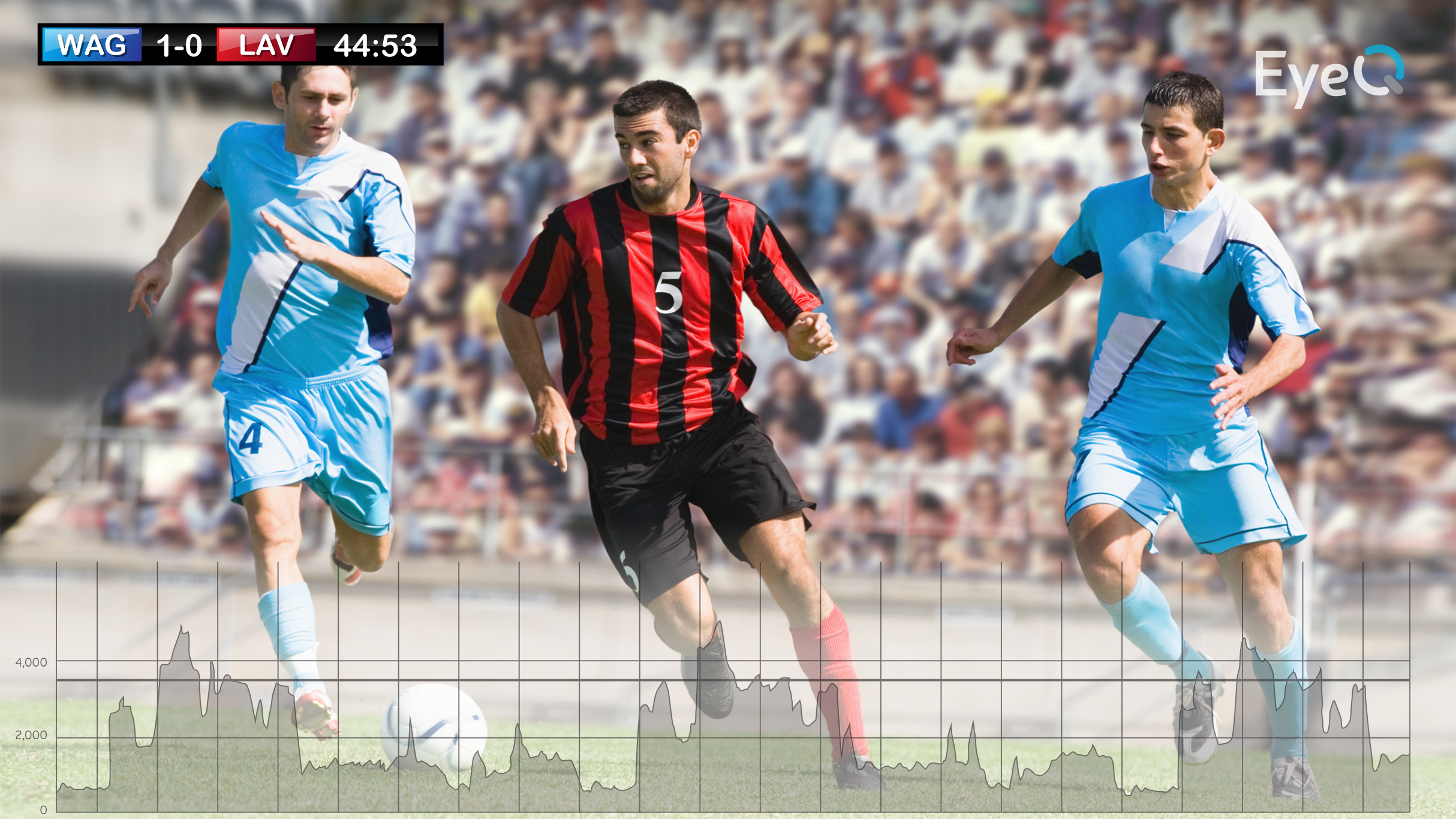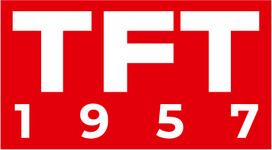
In the digital age, the demand for seamless video streaming is at an all-time high. As consumers become more discerning, the need for efficient video encoding solutions becomes paramount.
This analysis aims to provide an unbiased comparison of three prominent video encoding solutions in the market: VisualOn’s Content-Adaptive Encoding Solution, Harmonic’s EyeQ, and Akamai’s Adaptive Media Delivery.
VisualOn’s Content-Adaptive Encoding Solution: This solution is designed to adjust video quality in real-time based on network conditions. It promises to enhance the viewer’s experience by reducing buffering and ensuring consistent video quality.

Harmonic’s EyeQ: A content-aware encoding solution, EyeQ claims to deliver high-quality video at low bitrates. It leverages artificial intelligence to optimize video quality dynamically.
Akamai’s Adaptive Media Delivery: A product from the renowned content delivery network provider, Akamai, this solution focuses on optimizing video delivery based on real-time network conditions.

Comparative Analysis Based on Key Features
- Real-time Optimization:
VisualOn: Offers real-time bitrate adjustment to match current network conditions.
Harmonic’s EyeQ: Uses AI-driven algorithms for real-time video quality optimization.
Akamai: Focuses on real-time video delivery optimization based on network conditions.
- Mobile Streaming:
VisualOn: Emphasizes mobile optimization, catering to the growing mobile viewer base.
Harmonic’s EyeQ: While it provides quality streaming, there’s no specific emphasis on mobile optimization.
Akamai: Known for its robust CDN capabilities, it ensures smooth playback across devices, including mobile.
- Buffering Reduction:
VisualOn: Promises reduced buffering for a smoother viewing experience.
Harmonic’s EyeQ: Its AI-driven approach inherently aims at minimizing buffering.
Akamai: With its vast CDN infrastructure, it aims to provide buffer-free streaming.
- Customer Appeal
Based on online searches and customer reviews, one of the most sought-after features in video encoding solutions is consistent video quality with minimal buffering. All three solutions address this need, but their approaches differ:
VisualOn focuses on adaptive encoding, adjusting video quality based on what’s being viewed.
Harmonic’s EyeQ leverages AI to ensure optimal video quality at all times.
Akamai relies on its extensive CDN infrastructure to guarantee smooth video delivery.
Technical features
The world of video encoding solutions is diverse, with each product offering unique features. While VisualOn’s Content-Adaptive Encoding Solution, Harmonic’s EyeQ, and Akamai’s Adaptive Media Delivery all aim to enhance the video streaming experience, their methods and focal points vary. Consumers’ choice will ultimately depend on their specific needs and preferences.









